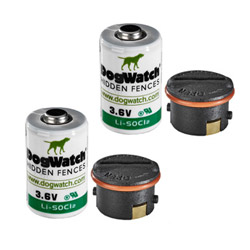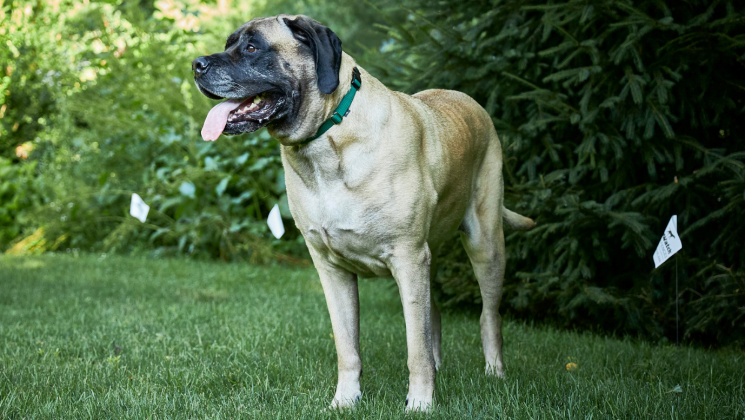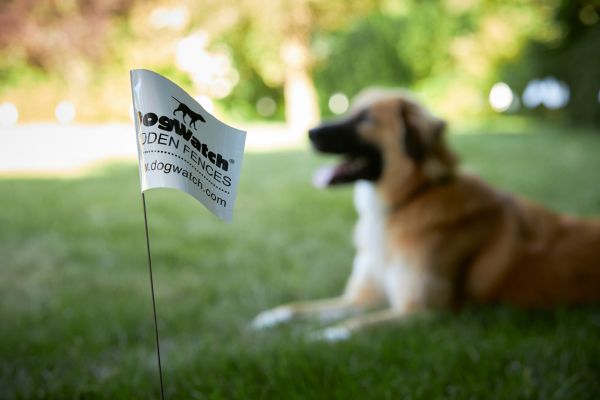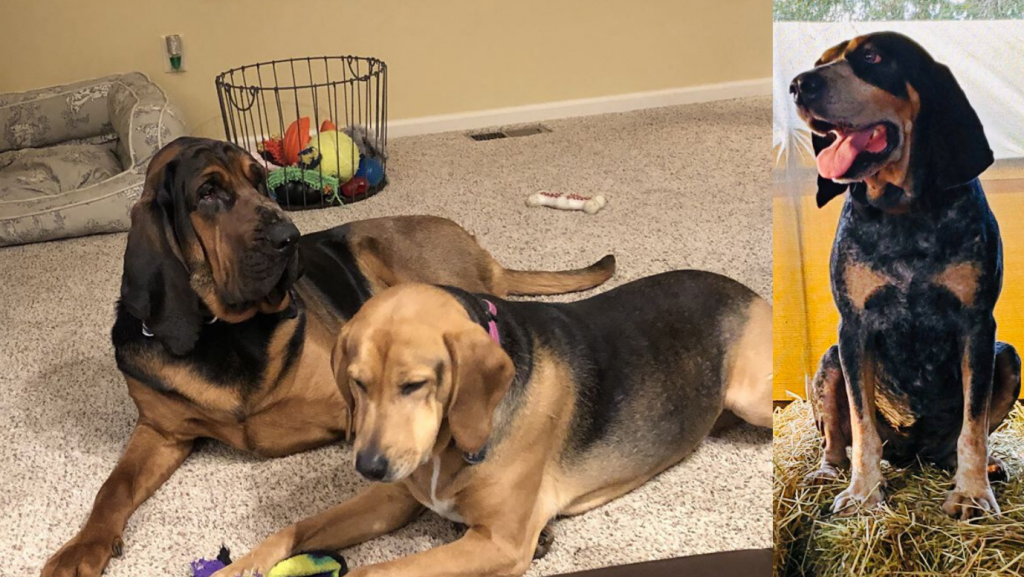We Install DogWatch Hidden Fences in the Winter
Yes, We Install DogWatch Hidden Fences in the Winter! Here’s Why It’s a Great Time to Get One.
Winter in Litchfield County brings snow-covered landscapes, chilly temperatures, and cozy nights by the fire. But while we might be bundled up indoors, our dogs still need to get outside, stretch their legs, and enjoy some fresh air. If you’ve been thinking about installing a DogWatch Hidden Fence, you might be wondering—can it be done in winter?
The answer? Absolutely! In fact, winter is actually one of the best times to install a hidden fence. Here’s why:
1. The Ground Doesn’t Stop Us!
Many people assume that frozen ground makes installations impossible, but that’s not the case! Our expert team has the tools and experience to install your hidden fence year-round, even when there’s a little snow on the ground.
2. Beat the Spring Rush!
Spring is one of the busiest times for hidden fence installations as pet owners rush to get their systems in before outdoor season kicks in. By scheduling your winter installation, you’ll beat the rush and have your system up and running before the first signs of spring.
3. Keep Your Dog Safe in the Snow!
Winter can bring additional hazards for dogs—icy roads, deep snow, and even frozen ponds can all pose risks. With a DogWatch Hidden Fence, you can keep your pup safe while still giving them the freedom to roam in your yard. Our fences work in all weather conditions, so you don’t have to worry about your system failing when you need it most.
4. Training is Easy in Winter, Too!
Some pet owners worry that training might be more difficult in the winter, but with DogWatch’s gentle, effective training methods, it’s just as easy as any other time of year! Plus, winter training means your dog will already be fully trained and ready to go once spring arrives.
5. Flexible Payment and Scheduling Options!
We know the winter months can be a busy time, so we offer flexible scheduling to fit your needs. We can also help with payment plans if needed, so you don’t have to put off giving your dog the freedom they deserve.
Don’t Wait—Schedule Your Installation Today!
There’s no need to wait until spring (it’s right around the corner) to keep your dog safe. DogWatch of Litchfield County is ready to install your hidden fence today—so you can relax knowing your pup is protected year-round.
📞 Call us today to book your winter installation! 860-799-7287
🌐 Visit our website to learn more! https://www.dogwatchlitchfieldcounty.com/









